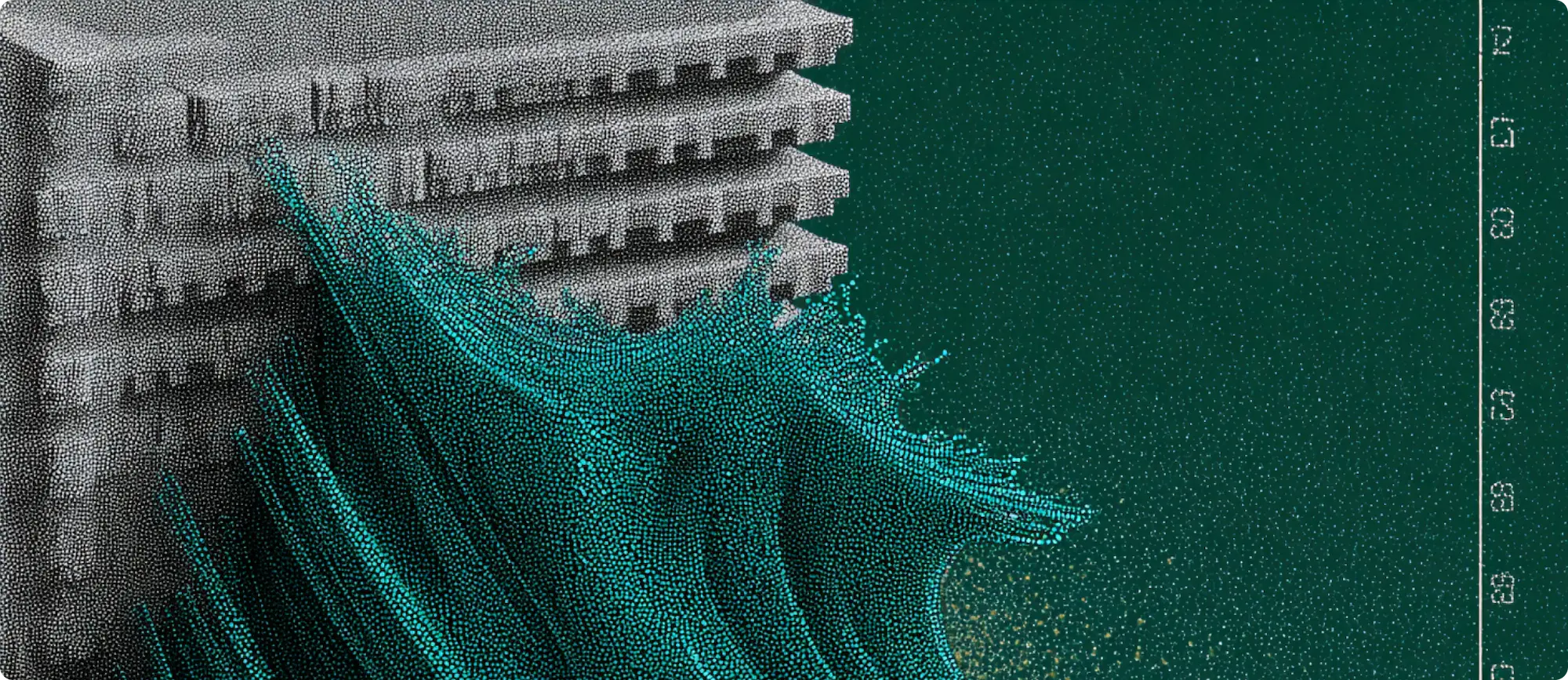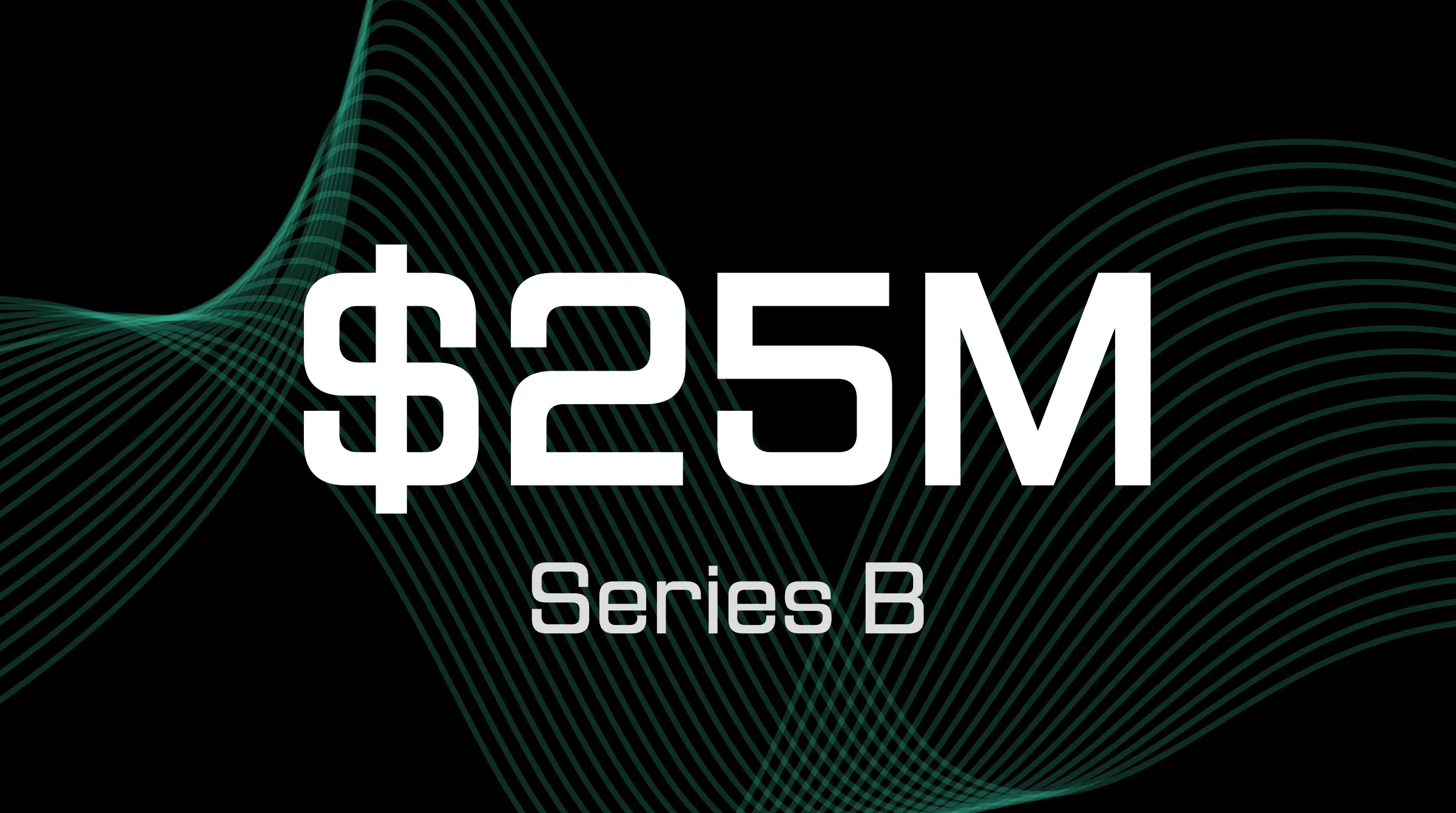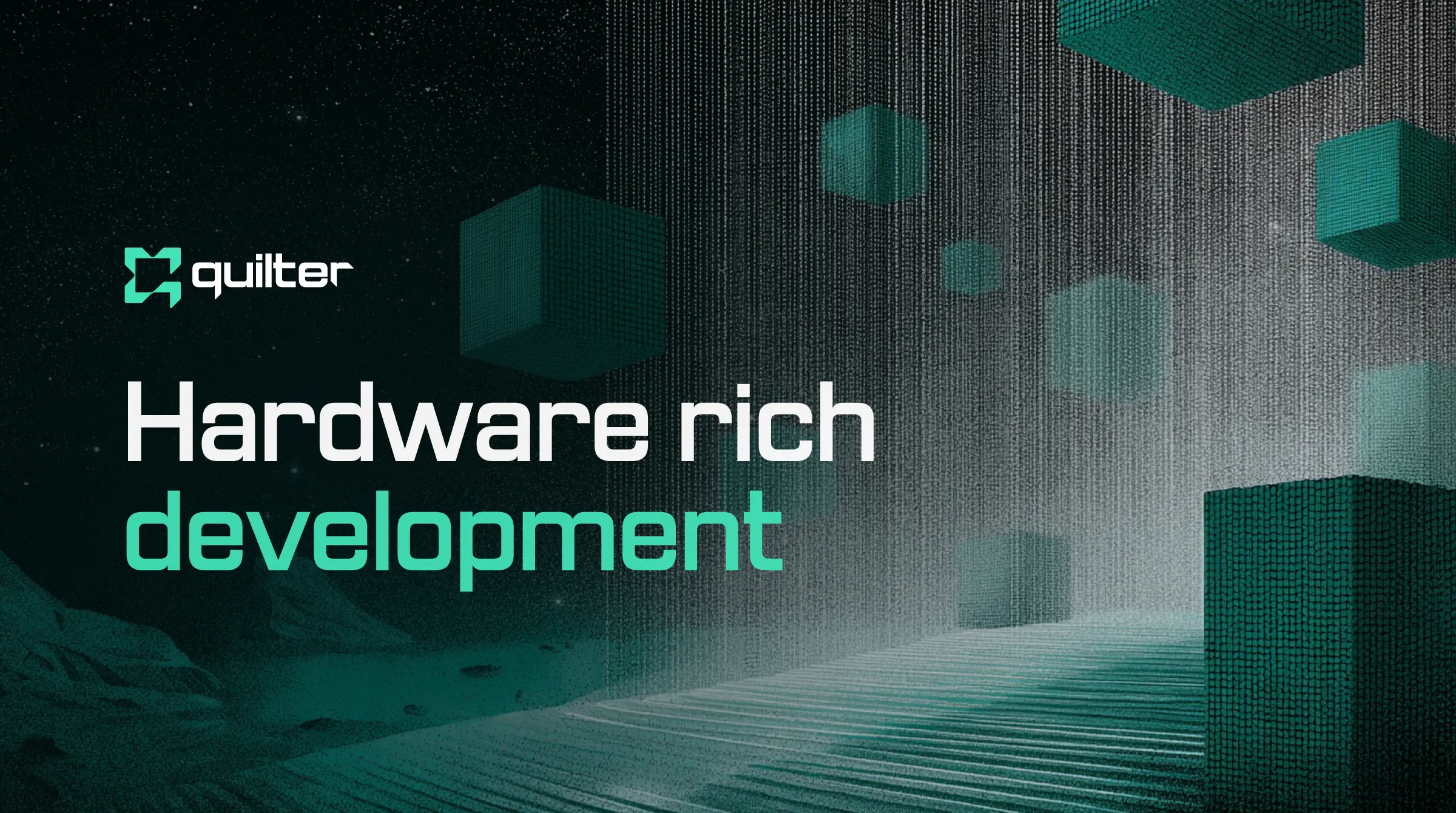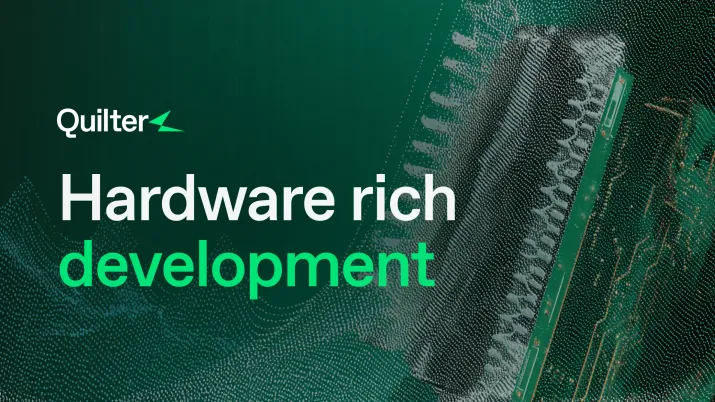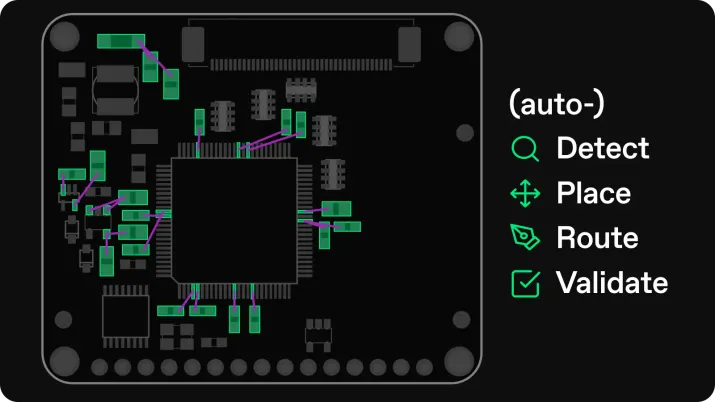For decades, PCB design software promised faster, safer hardware. Most “innovations” delivered convenience—better UIs, tighter DRCs, smarter autorouters. Helpful? Yes. Transformative? Not quite. The next wave is different. It isn’t about another assistive plugin. It’s about making AI the engine of the workflow—grounded in physics—so teams move from one‑off optimizations to system‑level acceleration: more design cycles, higher confidence, and boards that work.
This is the manifesto for that shift.
Let’s define what “innovation” really means right now
Innovation in PCB design is often confused with accretion: add a feature here, shave a step there, expose a new menu toggle. That’s incremental progress—useful, but bounded by the same underlying assumptions.
True innovation changes the slope, not the intercept. It re‑architects the workflow so speed, reliability, and iteration scale together instead of trading off. In practical terms:
- Incremental improvements streamline the operator’s tasks (UI polish, batch cleanups, better checkers). You still think like a layout engineer moving parts and traces.
- Step changes transform the system you operate (AI‑native path planning that respects electromagnetics, automated candidate generation in parallel, design review that proves physics—not just rules—were satisfied).
Why it matters for modern hardware teams:
- Speed without fragility. Compress weeks of layout into hours and increase first‑time bring‑up success. That’s only possible when the engine understands the physics that matter.
- Reliable iteration at scale. Generate many viable candidates, not one “clever” route that fails in validation. You pick among consistent, physics‑vetted options.
- Bandwidth for breakthroughs. High‑earning engineers focus on architecture, signal integrity tradeoffs, and program risk—not hand‑routing bypass islands at 2 a.m.
Call it what it is: the market doesn’t need one more assistant. It needs a physics‑driven, AI‑native workflow that makes hardware fast and abundant.
How did we get from manual layout to AI‑assisted tools?
Hand‑taped and rule‑based era. Early PCB design was manual craft. Skill mattered, but so did calendar time. As boards grew denser and faster, rules emerged: clearance, impedance, via types, return paths. We encoded tribal knowledge into checklists and then into design rule checkers (DRCs). Useful, but fundamentally reactive.
EDA unification. Suites from Altium, Cadence, Siemens, and others unified schematic capture, layout, constraint management, simulation, and manufacturing outputs. Autorouters and push‑and‑shove tools helped, and DRCs became ever more sophisticated. Still, these tools framed layout as a human‑led activity: the engineer or designer planned, the tool assisted.
The first wave of “AI‑assisted.” In the last few years, vendors introduced machine‑learned shortcuts: placement suggestions, routability hints, constraint inference, even natural‑language helpers. These are valuable, but they function like copilots—amplifying the operator—rather than owning the planning and verification loop end‑to‑end.
The gap today. AI‑assisted features don’t fundamentally change the bottleneck. The engineer remains the integrator of physics, routing, and manufacturability under schedule pressure. Assistants speed individuals; they don’t scale the system. To break that ceiling, the core loop—plan → place → route → verify → select—must be AI‑native and physics‑driven, with humans directing the objective and guardrails, not pushing every trace.
What makes an AI‑native platform different?
AI‑assisted is a copilot sitting next to you: it suggests a via here, a jog there, highlights a likely rule conflict, maybe infers a class. You’re still driving.
AI‑native is a new drivetrain under the hood. The system owns the planning loop and produces complete layouts that satisfy constraints and physics, then exposes transparent evidence for human review. That distinction changes everything.
A simple analogy
- AI‑assisted: A navigation app that drops hints—“traffic up ahead”—but you still explore side streets.
- AI‑native: An autonomy stack that plans end‑to‑end routes, obeys the laws of the road, and offers multiple safe options—while you choose the best.
Practical differences you’ll feel in week one
- Objective‑driven, not keystroke‑driven. You specify board outline, keep‑outs, critical nets, stack‑up, component constraints, and manufacturing targets. The platform generates candidates that meet them.
- Parallel generation by default. Instead of one layout per engineer per sprint, you evaluate many physics‑vetted candidates in the same day.
- Transparent verification. Each candidate ships with a design review that covers not only DRCs but the physics that matter—controlled impedance, return current continuity, decoupling efficacy, coupled‑net behavior, and more.
- Determinism and reproducibility. Given the same objectives and constraints, the system can regenerate consistent results or explore controlled variations, enabling true design of experiments.
When AI is the engine—not the accessory—you stop “speed‑running” layout and start running more designs.
Here’s why physics‑driven AI changes the game
Quilter is built around a simple premise: if physics doesn’t pass, design isn’t done. That’s why we embed physics directly into the learning and verification loops.
What we mean by physics‑driven AI
- Physics‑aware representation. Key electromagnetic and power‑integrity abstractions are present where planning decisions happen—not bolted on afterward. Think return path continuity, loop areas, impedance windows, coupling, and decoupling effectiveness treated as first‑class signals.
- Reinforcement learning with grounded rewards. Instead of optimizing for “routes completed,” our agents optimize for signals that correlate with real bring‑up success: timing margins, impedance conformance, crosstalk budgets, PDN stability, EMI risk indicators, and manufacturer constraints.
- Closed‑loop verification. Every candidate runs through a physics‑based design review that’s explainable. You see what the agent saw and why it made trade‑offs.
Why reinforcement learning matters here
Classical heuristic autorouting excels at local moves; it struggles to evaluate system‑level trade‑offs across topologies, stack‑ups, and coupling patterns. Reinforcement learning (RL) explores sequences of decisions and learns policies that generalize: when to favor a microvia ladder vs. a layer swap, when to rotate placement to preserve return paths, when to widen a via antipad to reduce stub effects, and how those choices interact with EMI and yield.
RL also enables parallel search: multiple agents generate diverse yet valid candidates, giving teams real optionality. Instead of hoping for one “lucky” route, you choose among several that already respect the physics.
The real‑world impact you can bank on
- Reliability: Fewer late‑stage surprises because design review is physics‑anchored, not only rule‑anchored.
- Manufacturability: Candidates are generated with stack‑up realities and vendor limits in the loop, not as an afterthought.
- Speed: Hours, not weeks, to get to multiple good options. Architecture keeps moving while layout keeps up.
Physics‑driven AI doesn’t replace engineering judgment; it amplifies it with a steady stream of viable boards.
Which platforms are actually leading innovation in 2025?
Direct answer for evaluators: Legacy leaders (Altium, Cadence, Siemens) continue to advance integrated workflows and add AI‑assisted features. Quilter is the first AI‑native, physics‑driven platform that generates complete, verifiable PCB layouts in hours and provides transparent physics design reviews. If you’re asking “who leads the next wave,” you’re looking for AI‑native—that’s Quilter.
Side‑by‑side at a glance
What results can you expect from an AI‑native workflow?
Consider three common scenarios. Times are illustrative and reflect aggregate outcomes we see across teams once onboarding is complete and constraints are well specified.
1) Aerospace validation board
- Before: 6–8 weeks of layout with multiple handoffs and late SI/PI rework.
- With Quilter: 48–72 hours to produce 8–15 viable candidates that respect stack‑up, impedance windows, decoupling patterns, and EMI constraints.
- Outcome: Program saves ~4–6 weeks on bring‑up; lab time is pulled left; the team selects the candidate with the best physics review, not the only one that finished.
2) Consumer electronics form‑factor change
- Before: 3–4 weeks to adjust placement, reroute dense interfaces, and re‑prove return paths.
- With Quilter: < 24 hours to regenerate candidates across the new outline and connector placements; review highlights trade‑offs and preserves critical coupling budgets.
- Outcome: ID and EE iterate in parallel. Market window stays intact.
3) Semiconductor test hardware
- Before: Layout competes with tape‑out crunch; hand‑routed PDN quirks slip to validation.
- With Quilter: 24–48 hours to explore stack‑up alternatives and via strategies; PDN and crosstalk risks flagged in review.
- Outcome: Fewer lab surprises. Silicon validation schedules get headroom.
What “physics‑first confidence” means day‑to‑day
- Explainable reports: Each candidate ships with a physics design review: impedance tracking on controlled nets, return path continuity visuals, coupled‑pair behavior, PDN decoupling coverage, likely EMI trouble spots.
- Deterministic knobs: You can ask Quartz (our engine) to re‑optimize with stricter coupling windows, new keep‑outs, or different vendor limits and reproduce results.
- Bandwidth back: Layout time becomes review time. Senior talent focuses on system decisions while Quilter executes the grind.
The impact compounds: faster cycles → more experiments → better hardware.
Our public roadmap: what’s next
We believe innovation compounds when it’s transparent. Here’s what we’re building next—subject to change with your feedback. Want to influence it? Join the community.
Near‑term (0–6 months) - Critical‑net intent API. Declare explicit objectives (e.g., skew window, maximum loop area, target Z0) that drive reward shaping. - Vendor‑aware manufacturability presets. Import fab capability profiles (via sizes, finishes, stack‑ups) to condition candidate generation. - Review diffs. Side‑by‑side physics deltas between candidates to accelerate selection.
Mid‑term (6–12 months) - Multi‑objective exploration. Generate Pareto sets across EMI, yield, and area to pick by program priorities. - Deeper SI/PI co‑signals. Richer reward channels for timing windows, SSN hot‑spots, and decoupling resonance ranges. - Native integrations. Tighter round‑trips with Altium, Cadence, and Siemens file formats; push/pull constraints and reviews seamlessly.
Long‑term (12–18 months) - Generative floorplanning. AI‑native placement exploration with physics‑aware clustering and return‑path preservation. - Constraint learning. Infer missing rules from intent and historical builds, always reviewing with human‑in‑the‑loop. - Program telemetry. Portfolio‑level metrics: iteration speed, physics pass‑rates, manufacturability heat maps.
We ship improvements continuously. The headline remains the same: more viable boards, faster, with physics‑first evidence.
Ready to experience the future?
If you’ve read this far, you already know where the market is going. The winners won’t be the teams with the most assistants. They’ll be the teams with an AI‑native, physics‑driven engine that makes layout as fast as thinking.
- Try Quilter free: Start with your own projects and constraints. Upload native CAD files and get physics‑reviewed candidates in hours.
- See the platform: Book a demo and we’ll walk your team through AI‑native planning, physics review, and enterprise‑grade handoff.
- Delve into technology: Read how the engine works and how we verify physics in practice.
Hardware is moving faster. Make sure your boards can keep up.
Frequently asked evaluator questions
Does Quilter replace my EDA suite?
No. Keep using Altium, Cadence, Siemens, or KiCad for schematic, governance, and release. Quilter eliminates the layout bottleneck and returns files in the same native formats for DRC, final polish, and fab.
Will my team still review designs?
Absolutely. The point is to spend time choosing among physics‑vetted candidates and making system decisions—not moving traces. Candidates include explainable design reviews so experts can audit quickly.
What about sensitive programs?
Quilter supports enterprise controls and in‑house deployment options. Talk to us about A&D and ITAR contexts.
What if my constraints are unusual?
Great. That’s where AI‑native shines. Specify objectives, stack‑ups, and keep‑outs; let the engine explore while you keep control.




